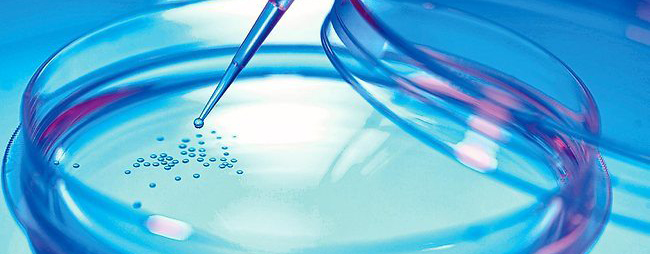 We grafted human spinal cord–derived neural progenitor cells (NPCs) into sites of cervical spinal cord injury in rhesus monkeys (Macaca mulatta). Under three-drug immunosuppression, grafts survived at least 9 months postinjury and expressed both neuronal and glial markers. Monkey axons regenerated into grafts and formed synapses. Hundreds of thousands of human axons extended out from grafts through monkey white matter and synapsed in distal gray matter. Grafts gradually matured over 9 months and improved forelimb function beginning several months after grafting. These findings in a ‘preclinical trial’ support translation of NPC graft therapy to humans with the objective of reconstituting both a neuronal and glial milieu in the site of spinal cord injury.
We grafted human spinal cord–derived neural progenitor cells (NPCs) into sites of cervical spinal cord injury in rhesus monkeys (Macaca mulatta). Under three-drug immunosuppression, grafts survived at least 9 months postinjury and expressed both neuronal and glial markers. Monkey axons regenerated into grafts and formed synapses. Hundreds of thousands of human axons extended out from grafts through monkey white matter and synapsed in distal gray matter. Grafts gradually matured over 9 months and improved forelimb function beginning several months after grafting. These findings in a ‘preclinical trial’ support translation of NPC graft therapy to humans with the objective of reconstituting both a neuronal and glial milieu in the site of spinal cord injury.
Ephron S Rosenzweig, John H Brock, Paul Lu, Hiromi Kumamaru, Ernesto A Salegio, Ken Kadoya, Janet L Weber, Justine J Liang, Rod Moseanko, Stephanie Hawbecker, J Russell Huie, Leif A Havton, Yvette S Nout-Lomas, Adam R Ferguson, Michael S Beattie, Jacqueline C Bresnahan, Mark H Tuszynski.
Restorative effects of human neural stem cell grafts on the primate spinal cord. Nature Medicine, 2018; DOI: 10.1038/nm.4502
Science Daily:
AAAS Article at Eureka Alert:
Medical Express Article
The Scientist Article:
Gen News Article:
Nature.com

